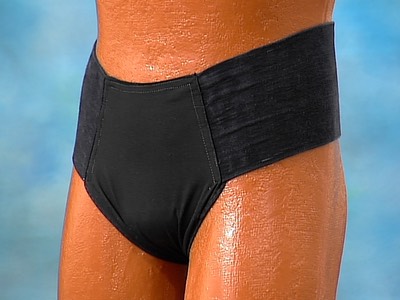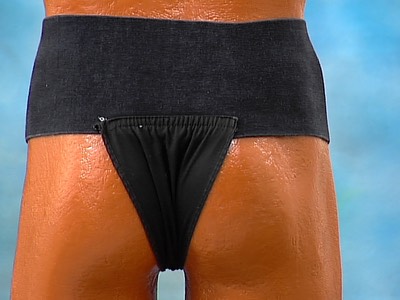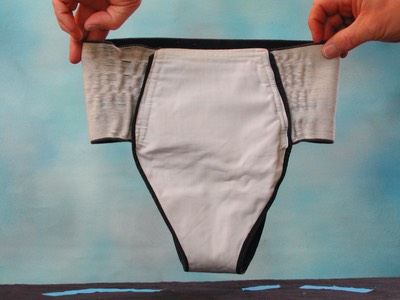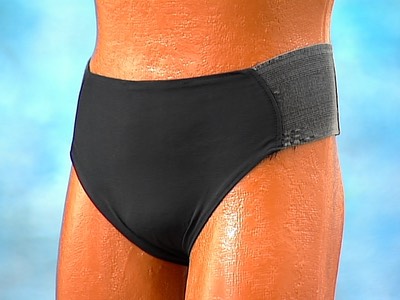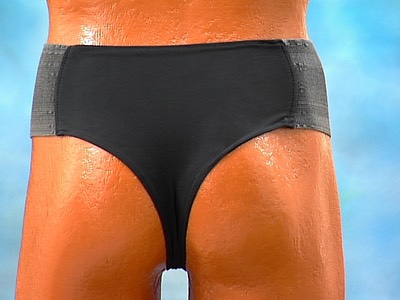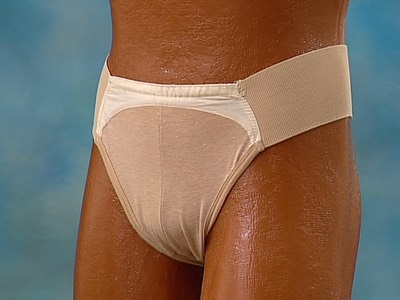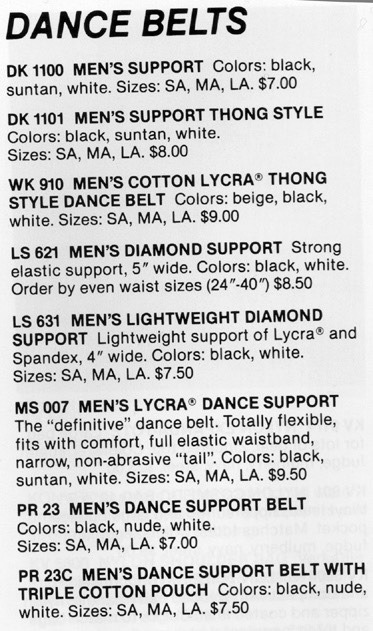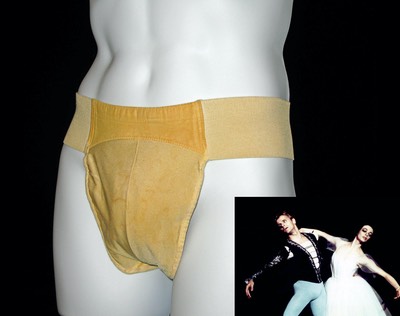Vaslav Nijinsky (?) portrait
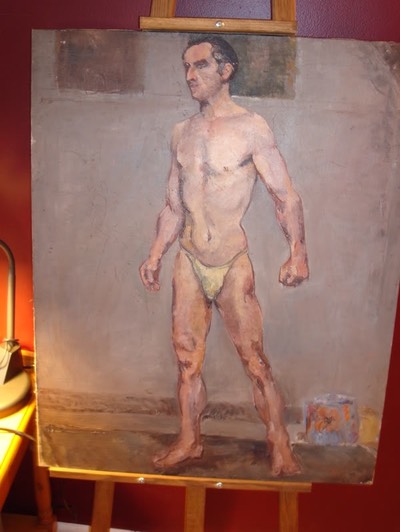
Wear-Well box
- pre WW ll

dance book
- circa 1954

Danskin 1100
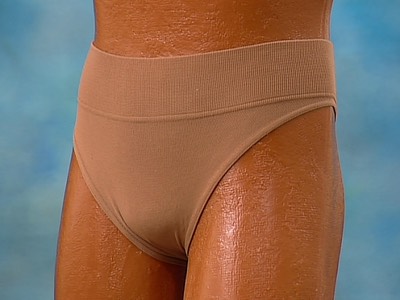
Danskin 1100

Danskin original thong
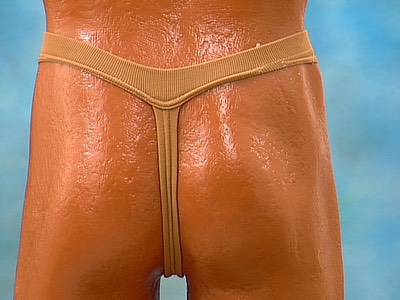
Danskin original thong
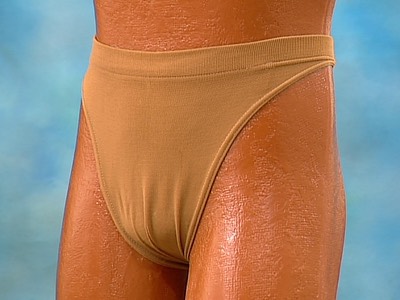
The origin of the dance belt is lost in the annals of history.
During the late 1800s, male ballet dancers traditionally wore bloomers or pantaloons over their tights.
In January, 1911, Vaslav Nijinsky was famously fired from the Mariinsky Theatre in Russia for going onstage in just his tights with nothing over them, offending the Dowager Empress with his "obscene display". Some articles claim he failed to wear a dance belt, but Nijinsky's biographer Richard Buckle counters, saying, "this athletic support was an article male dancers in classical ballet would feel very uncomfortable without."
What's not clear is what a dance belt looked like at the turn of the 20th century.
Although we now think of the pouch & thong model as the standard, that design only goes back to the early 1980s.
Prior to that, dance belts made by Wear-Well, Les Steinhardt and others featured a very wide 5" industrial elastic waistband, with a single piece of flat, non-stretchable, almost canvas-like fabric attached front and rear like a hammock. In front the Les Steinhardt was 6" wide, narrowing to 2½" between the legs, then widening again to 3½" at the rear attachment point.
Anybody who complains about the comfort of a modern dance belt should be forced to take class in one of the old ones! The front flat panel had neither darts, seams, nor stretch to accommodate male anatomy, leading to their nickname, "Nutcracker". Since it was flat, an errant testicle could sometimes escape, with nasty consequences. Although the rear was too wide to be considered a thong, it would inevitably migrate between the butt cheeks into wedgie position.
The one advantage the 5" waistband had was that they had excellent back and abdominal support.
Doctor Dancebelt has no idea when the model just described came onto the scene, but it dates back at least to the 1930s and possibly all the way back to Nijinsky's time. Virtually every old ballet book that discusses male dancewear has a picture or description of a dance belt, with the warning to "wear the wide part in front". One famous dancer's autobiography, describing his childhood in a small town in Texas, recalls receiving his first dance belt by mail order and putting it on backwards. That would be pretty hard to do with a modern pouch & thong design!
The early 80's marked a period of advancing fabric technologies, resulting in experimentation and new dance belt designs. Modern 6-way stretch fabrics such as Lycra enabled manufacturers to find more comfortable yet effective alternatives. One of the first was old line dance belt maker Les Steinhardt, who replaced the canvas "hammock" with stretch nylon (the ‘mark ll’). The waistband sides remained wide industrial rubberized elastic.
Danskin's model 1100 introduced Lycra and stretchable polymide nylon. At only 2¾" wide, its rear was still wider than a thong, but narrower than anything previously available.
Circa 1981, Capezio finally recognized that even a 2" rear was excessive and brought out the first pure thong dance belt. The pouch was made from a single layer of extremely stretchable spandex.
Danskin followed with a narrow waist, thong rear model.
WendyKnit was the first to offer a dance belt with a 3" waistband, darted pouch, and thong back. They introduced it with ads in DANCE magazine touting their "support for the male dancer". This model has become the template for most contemporary dance belts.
in 1982, MStevens abandoned the old school dance-belt-as-strait-jacket paridigm, committed to high-tech modern stretch fabric, and introduced the all Milliskin model 007, which is still sold today.
It has long been common for balletomanes to bid for principal dancers’ retired pointe shoes, but hearing about an auction for a dance belt “appropriated” from Mikhail Baryshnikov’s ABT dressing room in 2013 was a first for me!
If any reader has experience with vintage dance belts, and can add to this narrative, please e-mail the Doctor. Samples or pictures are greatly appreciated.
